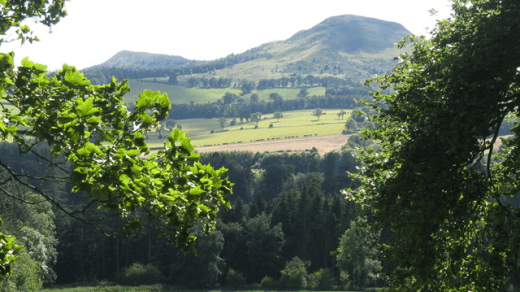A small cottage in the Edinburgh suburb of Gilmerton hides the entrance to an unusual mystery. Buried in the sandstone underneath the town’s homes are a series of tunnels known as Gilmerton Cove. They are obviously man-made—on top of the building-like layout, there are benches, seats, and stairs carved from the stone—yet no one has any real idea who built them, when, or why.
A popular explanation, first recorded in 1769, is that the tunnel system was carved by a blacksmith named George Paterson between 1719 and 1724. The idea is that it was a home and workshop, but there are good reasons to doubt this. The area supposedly identified as a fireplace has no blackening around it, suggesting nothing has ever been burned there. There exists what appears to be a well, but it never went deep enough to hit water. Another possibility is that it was dug in the 17th century as a “trial bore” to search for coal. There are some tunnels heading north that are blocked but may once have reached the nearby Craigmillar Castle, suggesting that the cove could have been an escape tunnel. Some of the wilder suggestions include the idea that it was used as a hideaway by witches facing persecution.

An archaeological investigation was carried out between 2000 and 2002 to determine once and for all what purpose the tunnels served. Sadly, its only conclusion was that the cove had been so widely used over the last few centuries that any chance of figuring out its origins are long gone.



